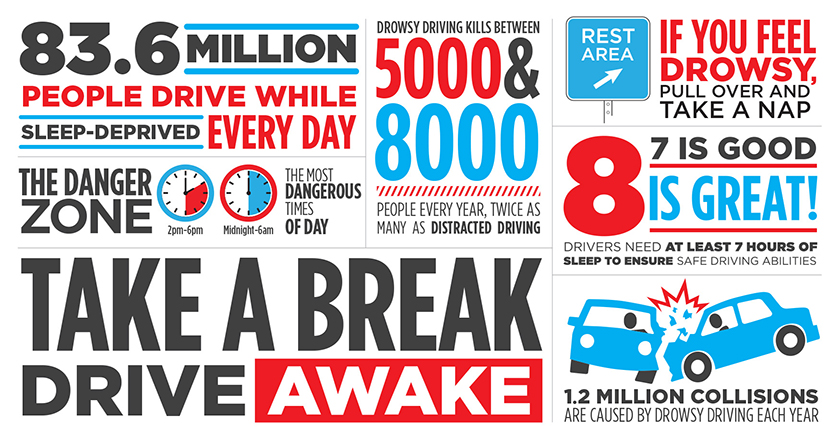How to Avoid Distracted Driving
At some point, everyone is guilty in some form of distracted driving. Here are some ideas to help drive more safely.
Use your cell phone for emergency situations only. While you are driving, a cell phone should only be used for an emergency. Even then, it’s best to pull over to safely make a call. Hands-free devices can still cause you to miss important visual and audio cues.
If you are drowsy, pull over. Drowsiness increases the risk of a crash by nearly four times. A government study showed that 37% of U.S. drivers have nodded off or fallen asleep at least once. If you feel tired, get off the road; don’t try to get home faster.

Avoid eating while driving. Finish your breakfast on the way to work or school may seem like a great idea if you are busy, but it means you are less attentive to the drivers around you. Food spills are also a major distraction.
Don’t multi-task inside the car. It may seem like the perfect time to get all the little things done in the car on your way to work or school: calling friends, searching for good music, even text messaging. Don’t do it. Focus on the road and the drivers around you. Get everything settled before you turn on the engine.
Take your time driving. If you are in a hurry to beat traffic, slow down. Speeding and aggressively driving to get to work or school can result in an accidents on the road.
Studies show that there are multiple demands that occur while driving, so people are forced to shift their attention back and forth during the ride. Teens have less experience behind the wheel so distractions are more costly.
Additional Resource Pamphlets:

